7 best vegetables to grow indoors
The 7 best vegetables to grow indoors if you're short of outside space
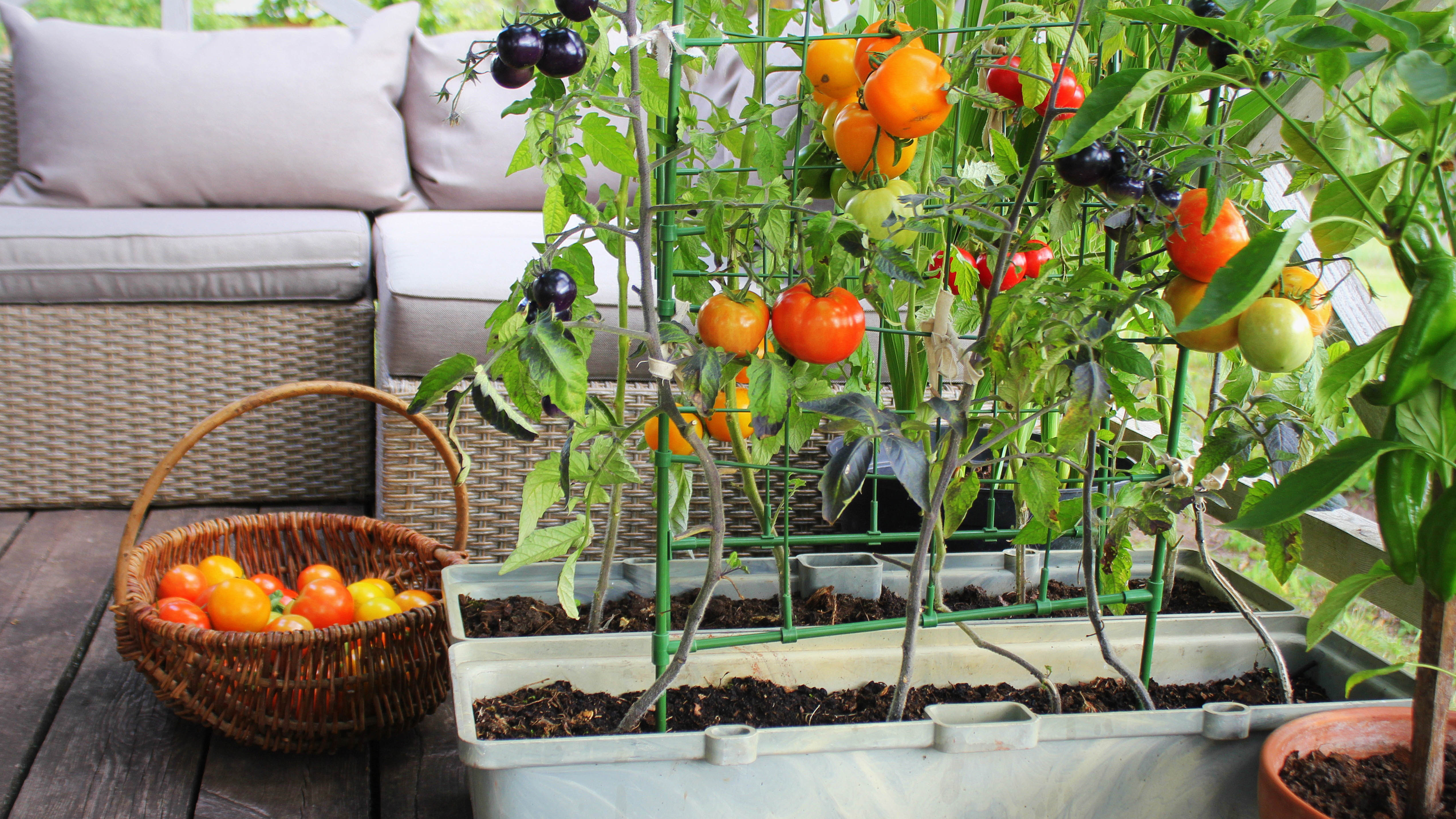
If you ask us, one of life’s greatest simple pleasures is to munch a vegetable you’ve grown in your own home.
All sorts of vegetables can be grown successfully indoors, from tomatoes to radishes. In fact, some veggies thrive indoors better than in certain outdoor settings, thanks to factors such as the absence of pests, and protection from extremes of climate.
Some plants are much better suited to growing indoors than others are. Growing space is an important factor, as certain vegetables like courgettes and chard like to spread their leaves and stems over a wider area than most window sills can provide. Deep-rooted plants like pumpkins and watermelons are also impractical to grow indoors, unless you’ve got some unusually large indoor plant containers.
We also know not everyone has huge amounts of yard space. Or, perhaps you live in an apartment block with no access to flowerbeds. Either way, having a good knowledge of indoor-friendly vegetables will both improve your mood and save you money. And here's our list of the 7 best plants to grow on a balcony and 5 vegetable seeds to sow in May.
As well as choosing the right vegetables to grow indoors, you’ll need to provide the plants with suitable conditions for growth:
- Containers. Your pots or planters should be large enough to accommodate the plant’s root network. Otherwise, plants can become rootbound, preventing healthy root growth and function.
- Potting mix. That means the mix of materials in the plant pot. Most vegetables do well in a multi-purpose compost, possibly mixed with other media to suit a plant’s specific needs. Don’t use soil from the yard in your indoor pots, as this may introduce pests to the space.
- Water. Since it rarely rains indoors, indoor veg need to be watered regularly. The watering amounts and intervals will vary from plant to plant. If you can’t spare the time to water manually, set up an automated drip irrigation system like this one from Moistenland that's $45 on Amazon instead.
- Drainage. Indoor plant pots need to be able to drain free of water. Otherwise, their potting mix can end up waterlogged, which may harm or even kill the plant. Make sure there are ample drainage holes in your plant containers, and place a receptacle such as a tray underneath to catch the drained water. Too much drainage is bad too, so choose your potting mix carefully to allow for some water retention.
- Light. Indoor plants need light to photosynthesize, just like outdoor plants do. Positioning your indoor vegetables on a window sill, or somewhere near another very good source of natural light, is how many indoor gardeners meet this need. With that said, don’t despair if your home doesn’t get much natural light; you can nourish indoor vegetables using indoor artificial grow lights (GooingTop LED $34 at Amazon) instead.
- Temperature. One of the great things about growing veg indoors is you don’t have to worry about the plants experiencing harmful extremes of temperature (or wind and rain). Average room temperature can vary greatly between properties, so take a moment to consider how hot your home tends to be, and which plants that temperature would suit.
Now that we’ve had a proper grounding in the basics of indoor vegeculture, let’s dig into our 7 best vegetables to grow indoors!
Plus, here are 7 best flowers to plant in the fall.
Get instant access to breaking news, the hottest reviews, great deals and helpful tips.
Cherry tomatoes
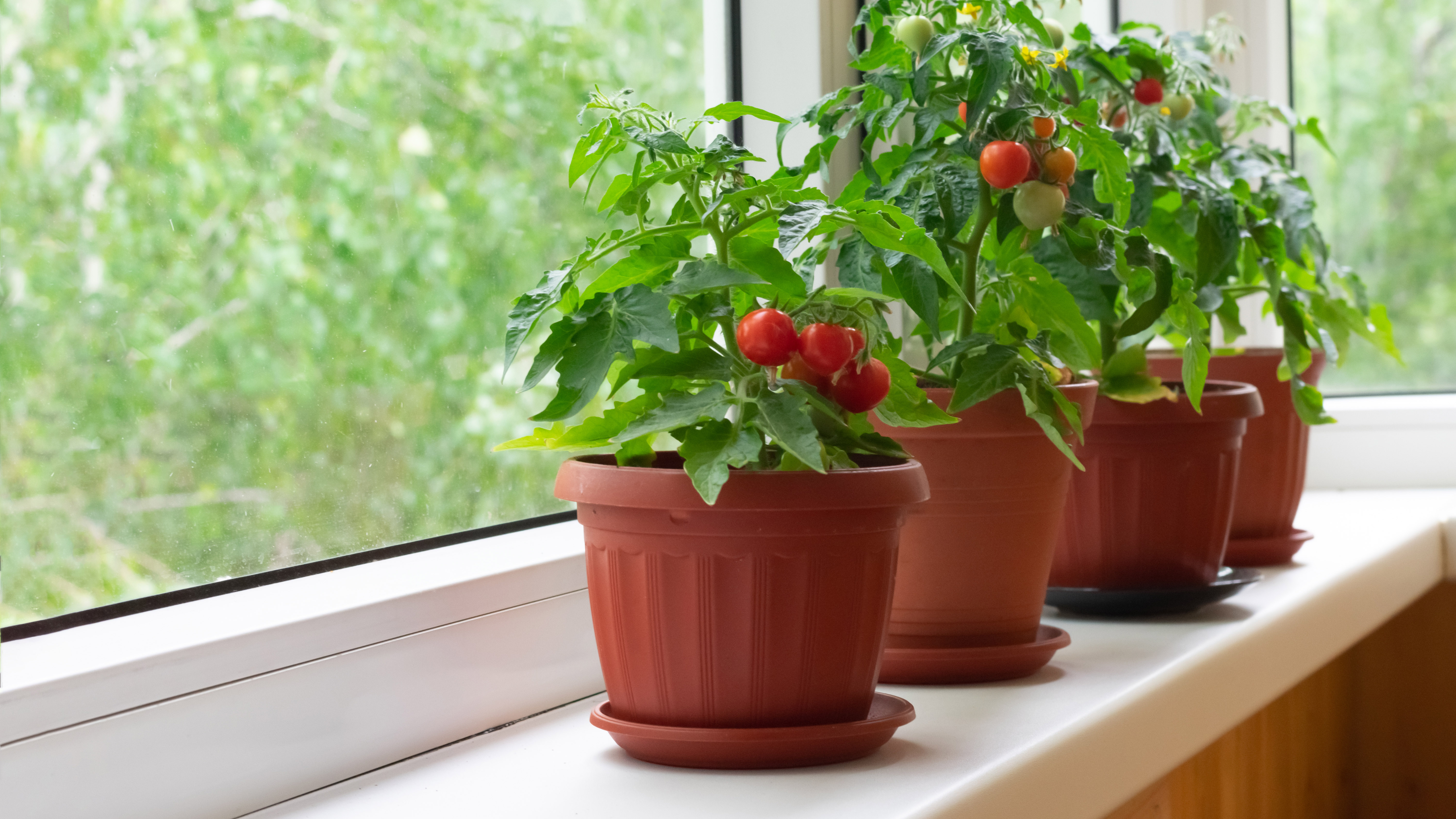
Botanically, cherry tomatoes are fruits — but we felt honor-bound to include them in this list, given their veg-like culinary uses.
Growing tomatoes indoors is fairly challenging. To get a healthy crop, you’ll need to recreate the conditions of the great outdoors, inside the home. The key is to locate the plant in a place where it can receive about eight hours of sunlight per day, most likely on a window sill.
Cherry tomatoes tend to ripen pretty quickly, as do other relatively small varieties such as plum tomatoes. This makes them a good pick for convenient indoor growth. Adding plenty of fertilizer to your potting mix and regularly pruning the lower leaves are among our top tips for making tomato plants more productive.
Microgreens
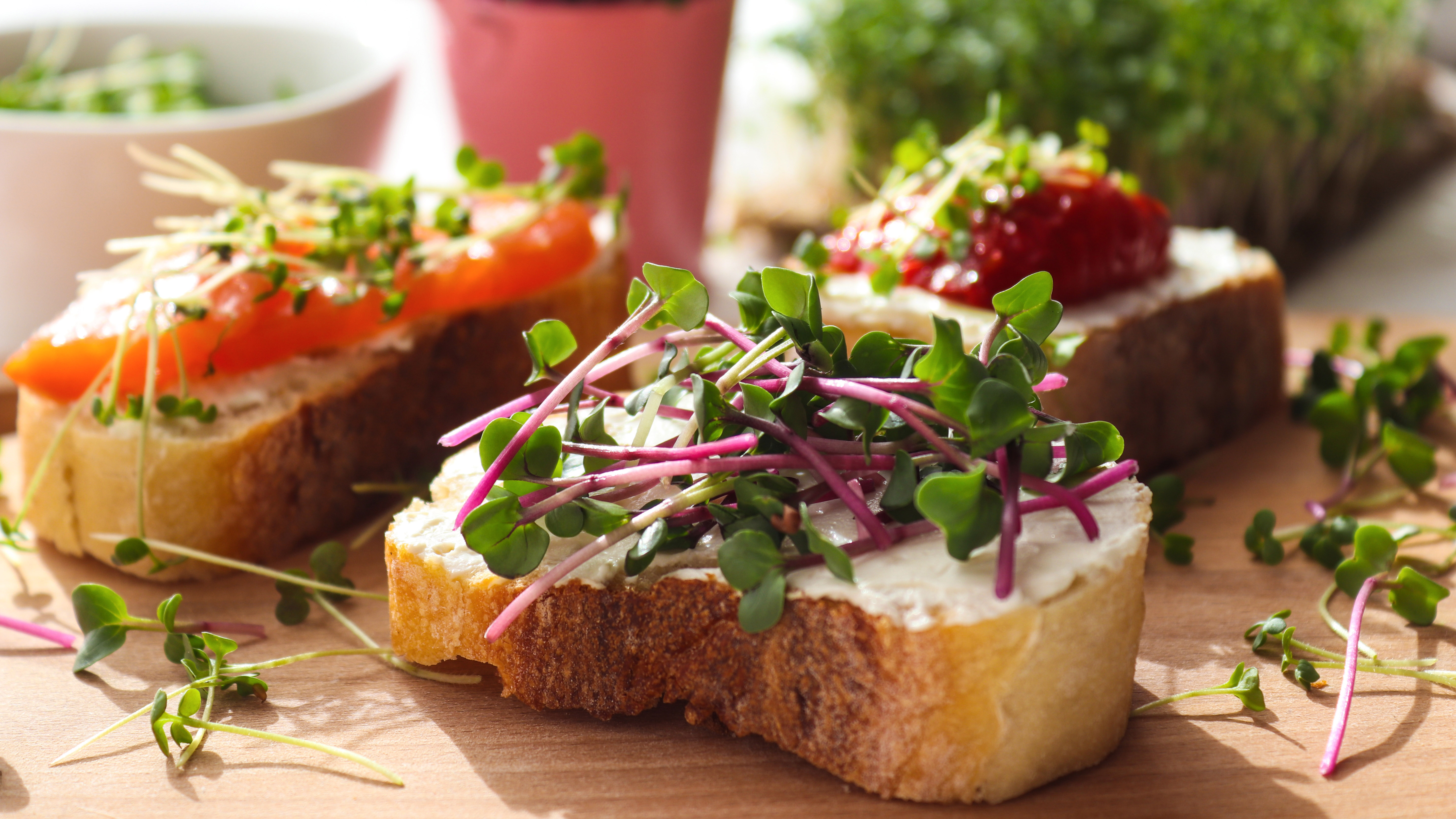
What better way to garnish your meals, than with a sprinkling of tasty, homegrown microgreens?
This category of young, green veg includes watercress, basil, kale, spinach, mustard greens and dozens of other miniaturized plant species. The characteristic common to all microgreens is they are seedlings of plants that would usually be allowed to grow much taller before harvesting.
Depending on their species, your microgreens could be ready to harvest within as little as one week of sowing. And as a lovely added bonus, some microgreens such as pea shoots can regrow after you’ve snipped off the edible parts, providing multiple micro-harvests!
Microgreens usually grow well in multi-purpose compost. From an environmentalist perspective, it’s best to use a peat-free option.
Chili peppers
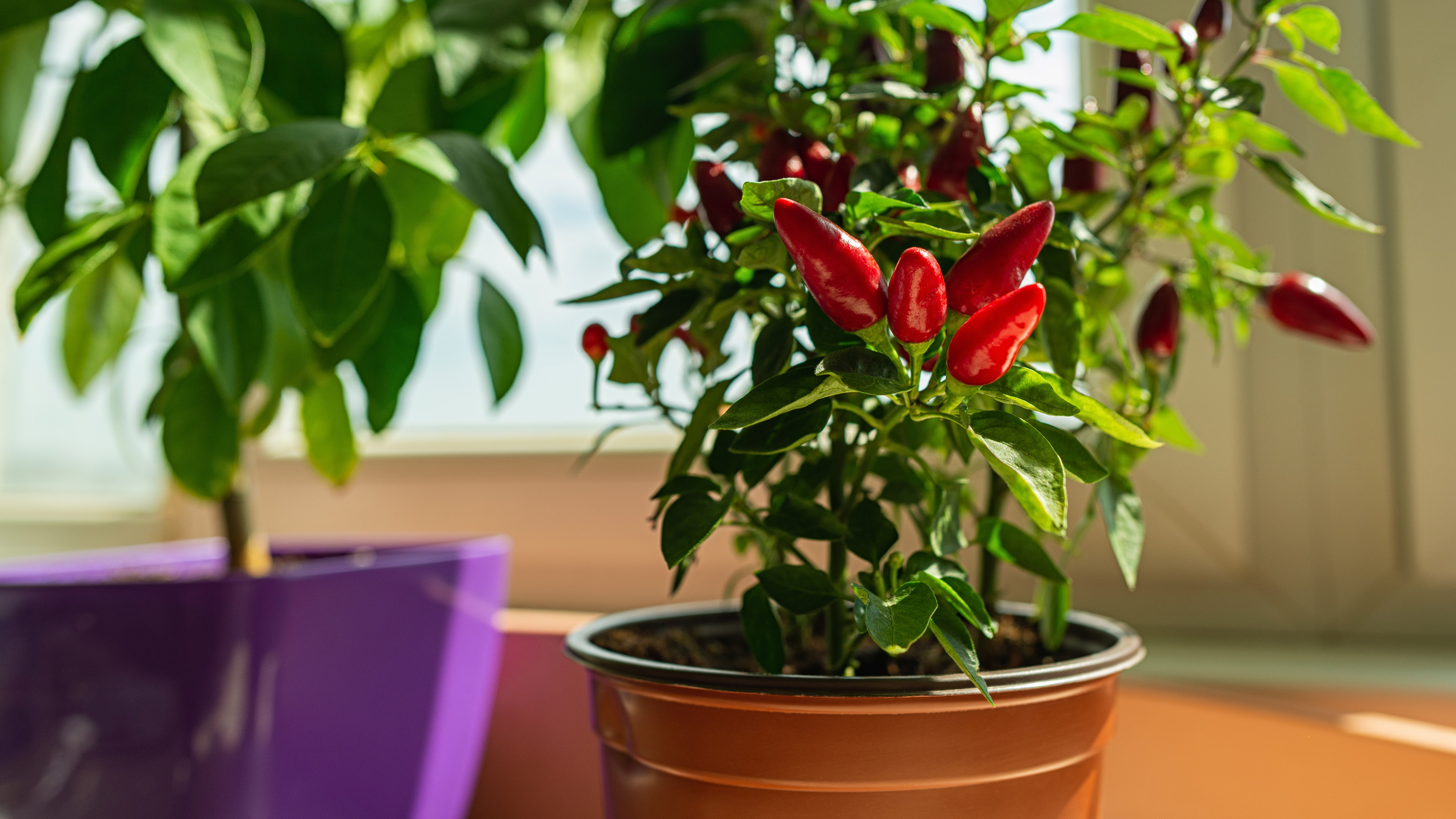
Chili peppers are a wonderfully decorative and useful vegetable to grow in the home. Whether red, green, yellow or orange, the peppers can add a vibrant pop of color to the space, like the solar-powered Christmas lights they are.
Of course, chili peppers save their brightest burn for the tastebuds. Smaller varieties of chili plant tend to grow best indoors, and this end of the size spectrum happens to produce some particularly piquant peppers. A few of your many options include bird’s eye chilies, which are ideal for making spicy Thai pastes and soups; scotch bonnets, the Caribbean favorite named for its resemblance to traditional Scottish headwear; and Turkish pickling chili peppers.
Unlike some veg which require large planters, chili plants are well suited for growing in pots. If growing from seed, sowing in late winter or early spring will give you a good chance of a successful harvest later in the year.
Avocados
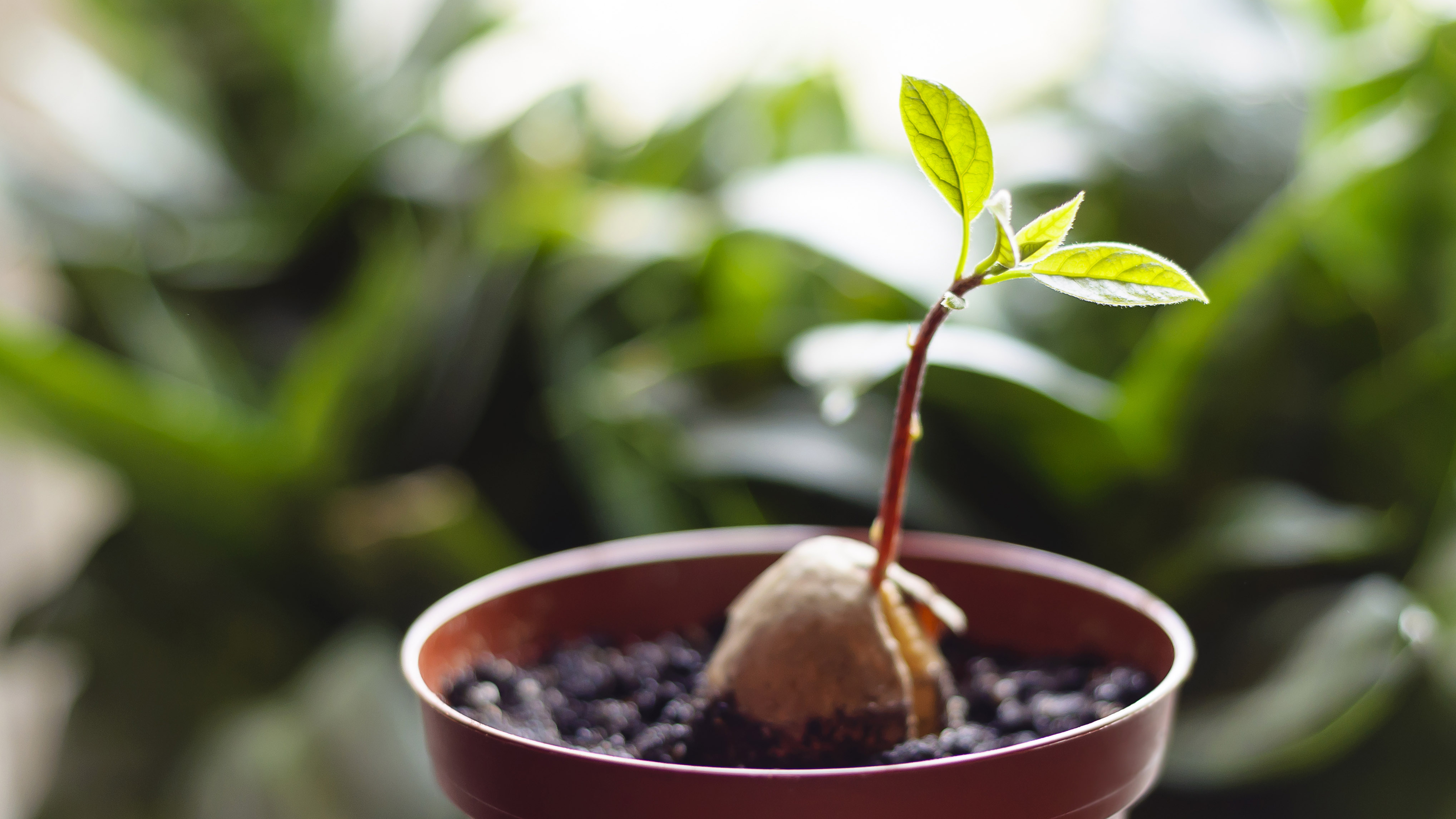
Another plant that occupies the gray (and delicious) area between fruit and veg is that millennial icon, the avocado. The USDA lists this fruit as a vegetable in its online reference materials, which is enough validation for us.
Growing avocados indoors can be challenging, especially if you’re growing the plant from a stone. The most reliable method is to purchase a mature avocado plant, which you can tend indoors until it produces avocados, ready for picking and ripening.
Mix your avocados with some homegrown tomatoes and chili peppers, and you’ll have yourself the main ingredients for a genuinely homemade guacamole. Want a fun side project? You can use an avocado seed to grow your own avocado plant. Here we break down how to grow an avocado tree from a seed.
Pak choi

Otherwise known as bok choi or pok choi, pak choi is a luscious and leafy type of Chinese cabbage.
This juicy Far-Eastern favorite can grow fantastically well indoors, especially when planted in a large container. In order to prevent the potting mix from drying out, you’ll need to use a container with a width of at least 12 inches. This might rule out growing pak choi for households which are low on light-soaked indoor surfaces.
You can grow Pak choi in as little as five weeks, although growing it to semi-mature or full-sized heads takes eight to ten weeks.
You can either harvest pak choi leaves repeatedly for use in salads, or use the whole fleshy rosette of stalks and leaves to use as a star ingredient in meals such as stir fries and curries
Radishes

For the gardener who tends to inadvertently kill every vegetable they attempt to grow, may we suggest you try your luck with the humble radish?
This resilient vegetable can prosper in temperatures ranging from cool to reasonably warm. What’s more, the plant will be ready to harvest within about a month of sowing.
Radishes give you a zingy, flavourful return on the small amount of effort you put into them. Try them sliced in a ceviche, or quartered in a potato salad with chives and dill.
Little gem lettuce
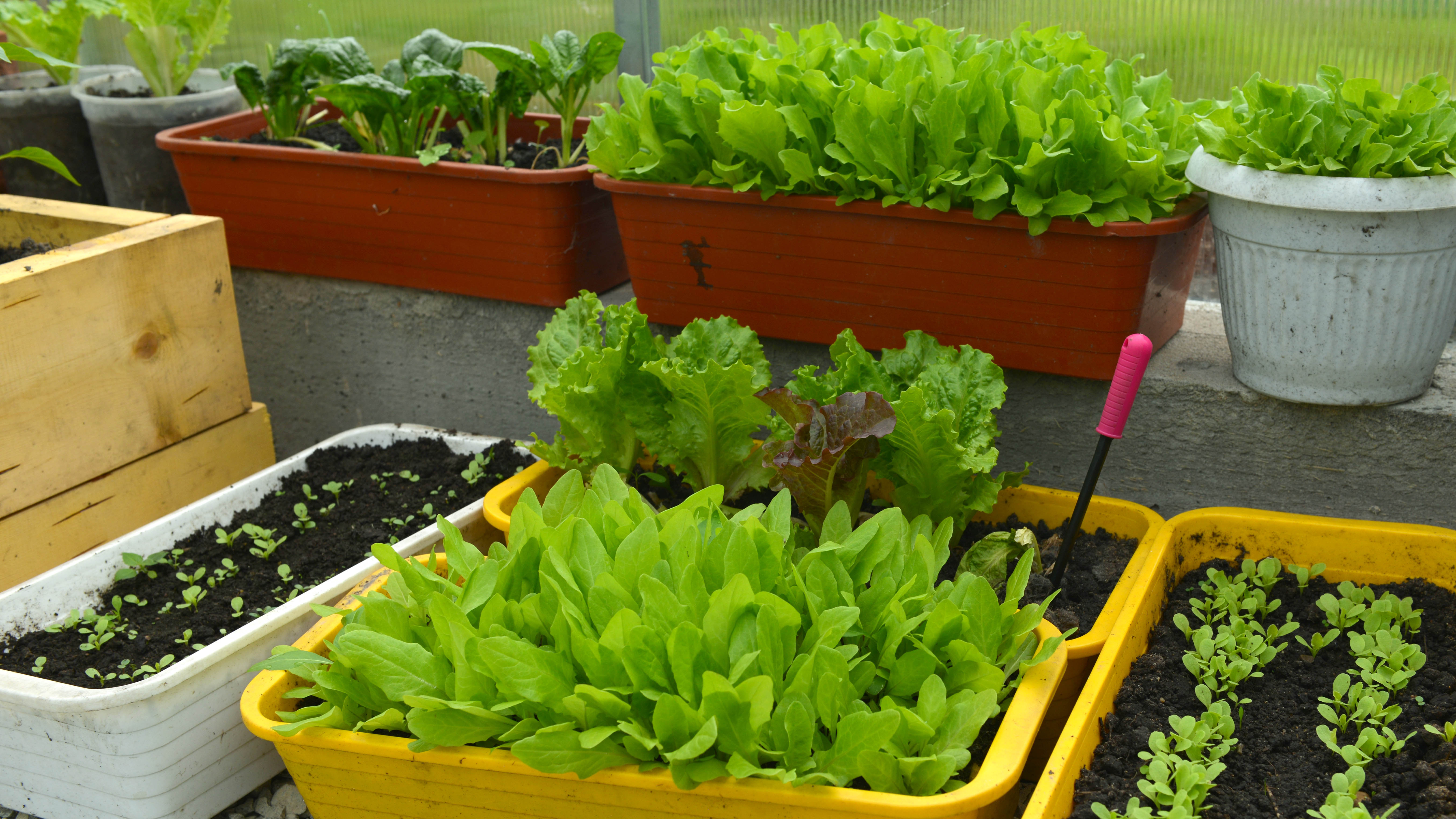
Just as diminutive and delightful as its name suggests, little gem lettuce is a convenient and delicious vegetable to grow indoors. Its crunchy texture and sweet, mellow flavor can elevate a salad from satisfying to sensational.
Little gem lettuce is one of those plants that are relatively easy to grow, as neither the roots nor the leaves require very much space. Plant your seeds in a tray, place the tray on a sunny windowsill, and with regular watering you’ll have some leaves ready to harvest within one or two months. Top tip: pick the leaves from only every other plant on your first harvesting, as this will allow the untouched plants to spread out and produce larger leaves.
More from Tom's Guide
- 7 toaster oven mistakes to avoid at all costs
- 7 mistakes it’s all too easy to make when growing herbs
- 7 easy-to-grow plants for beginners

Tom's Guide upgrades your life by helping you decide what products to buy, finding the best deals and showing you how to get the most out of them and solving problems as they arise. Tom's Guide is here to help you accomplish your goals, find great products without the hassle, get the best deals, discover things others don’t want you to know and save time when problems arise. Visit the About Tom's Guide page for more information and to find out how we test products.
